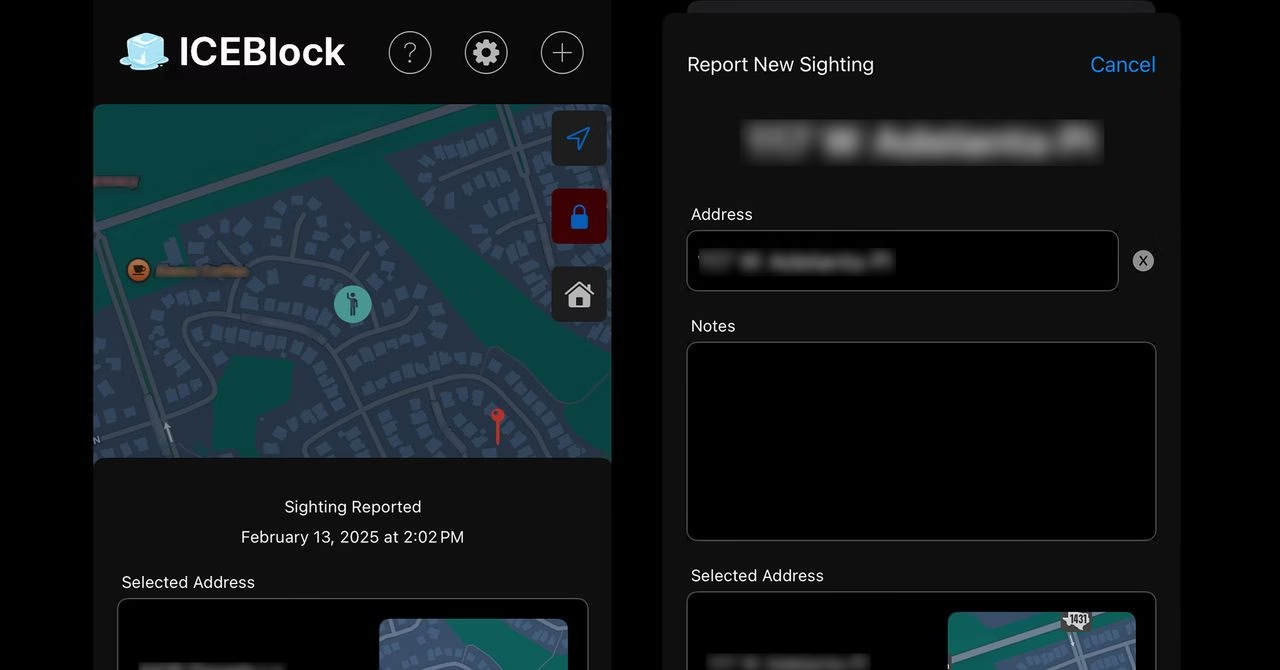Trump Officials Seek ICEBlock App Prosecution-Lawyers Call It Unconstitutional

▼ Summary
– ICE criticized CNN’s coverage of the ICEBlock app as “reckless and irresponsible,” while CNN defended its reporting as neither illegal nor an endorsement.
– The Trump administration claims the app endangers ICE agents, citing a disputed 500% increase in violence against them, though the statistic lacks detailed support.
– The app’s creator, Aaron, describes ICEBlock as an “early-warning system” to alert users of nearby ICE activity, emphasizing its role in resisting authoritarianism.
– ICEBlock does not store user data, shows only nearby reports within a 5-mile radius, and auto-deletes sightings after four hours to protect privacy.
– The app is currently iPhone-only, has no ads or donation requests, and its creator believes Apple will keep it available after prior approval.
Federal officials are pushing to prosecute the creators of an app designed to alert users about nearby immigration enforcement activity, sparking fierce debate over free speech and government transparency. Legal experts argue the move could set a dangerous precedent for suppressing digital tools used by vulnerable communities.
A spokesperson for Immigration and Customs Enforcement (ICE) directed inquiries to a June statement from acting director Todd Lyons, who condemned media coverage of the app as “reckless and irresponsible.” CNN, which first reported on the tool, defended its reporting as neither unlawful nor an endorsement of the app’s functionality.
The administration’s criticism centers on claims that the app endangers ICE personnel. White House press secretary Karoline Leavitt recently cited a 500% surge in violence against agents, though the cited statistic traces back to a partisan outlet rather than verified government data. Advocacy groups challenge the administration’s narrative, accusing it of conflating public accountability with threats to officer safety.
“Law enforcement doesn’t have a right to operate in secrecy,” asserts Seth Stern of the Freedom of the Press Foundation, pointing to instances of masked ICE agents and retaliatory rhetoric against journalists. The app’s developer, who requested anonymity over safety concerns, describes it as a community alert system, not an obstruction tool. Users receive real-time notifications about nearby ICE activity, along with suggested safe routes.
The controversy reflects broader tensions as immigrant rights groups leverage technology to counter heightened enforcement. During recent raids in Los Angeles, grassroots networks used social media and apps to circulate warnings, illustrating how digital platforms fill gaps in official transparency.
ICEBlock’s design emphasizes privacy: it collects no user data, limits visibility to a 5-mile radius, and auto-deletes reports within hours. Currently exclusive to iOS, its developer remains confident Apple won’t remove it, citing prior approval. The app operates ad-free and donation-free, prioritizing minimalism, a deliberate choice for what its creator calls “an emergency beacon, not a debate platform.”
As legal battles loom, the clash underscores unresolved questions about tech’s role in resisting government actions and the boundaries of protected speech. Critics warn that prosecuting developers could chill innovation aimed at safeguarding marginalized groups, while officials insist public safety justifies their stance. The outcome may hinge on whether courts view such tools as lawful coordination or unlawful interference.
(Source: Wired)







